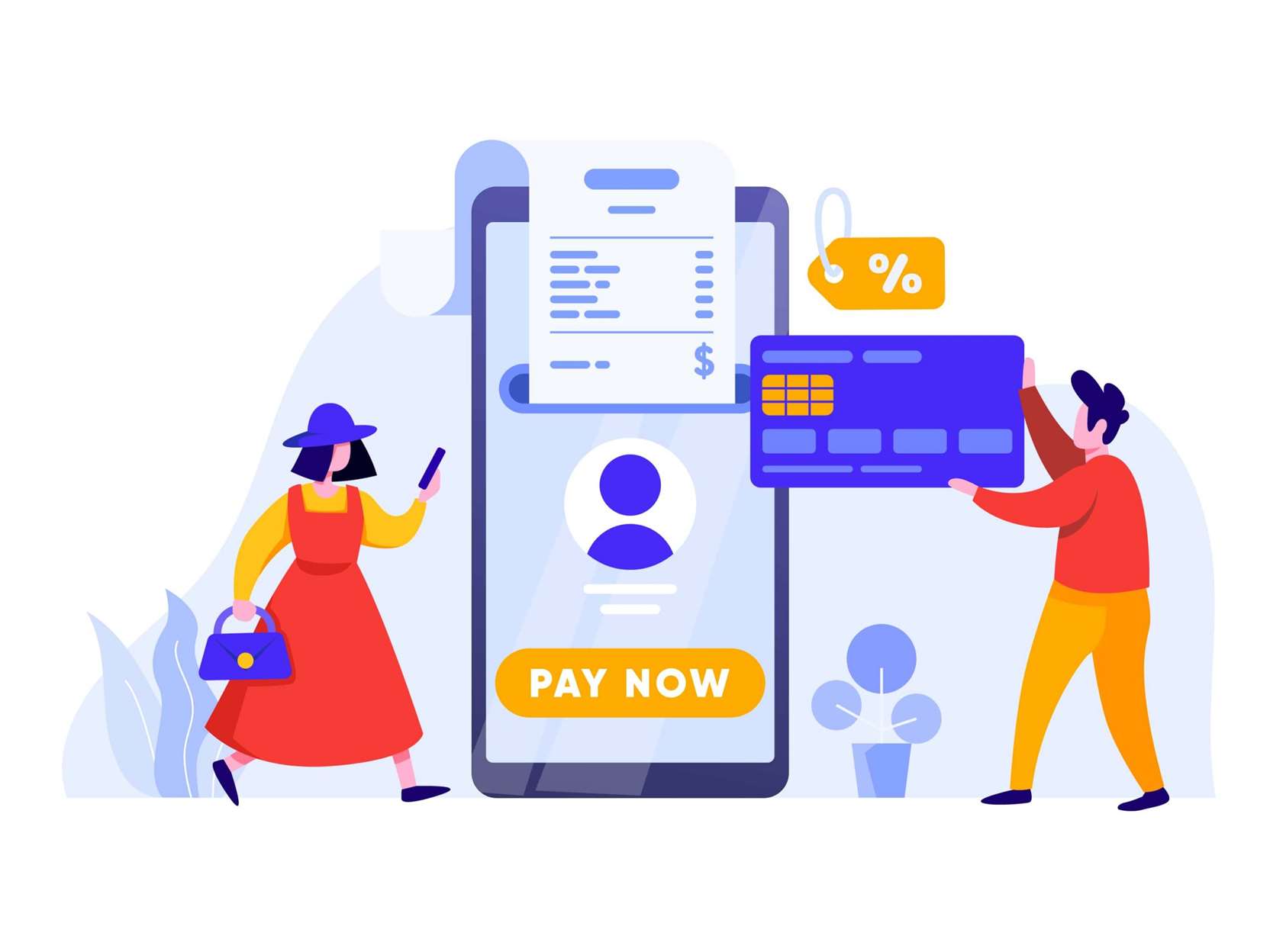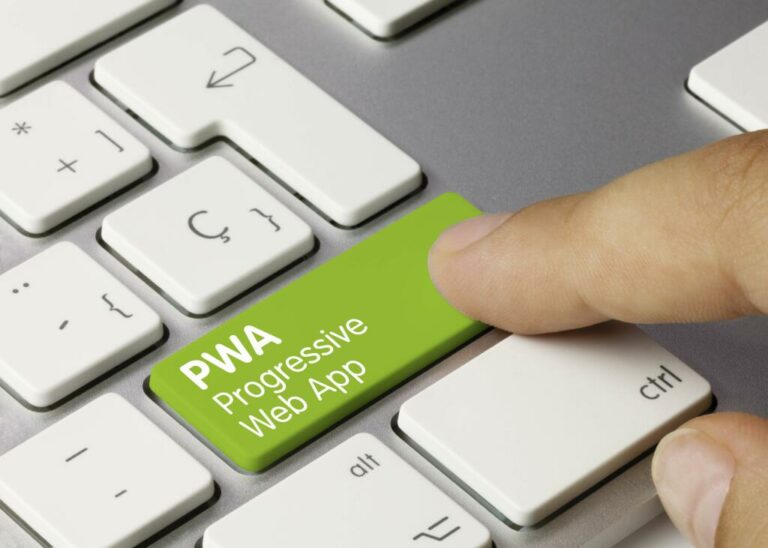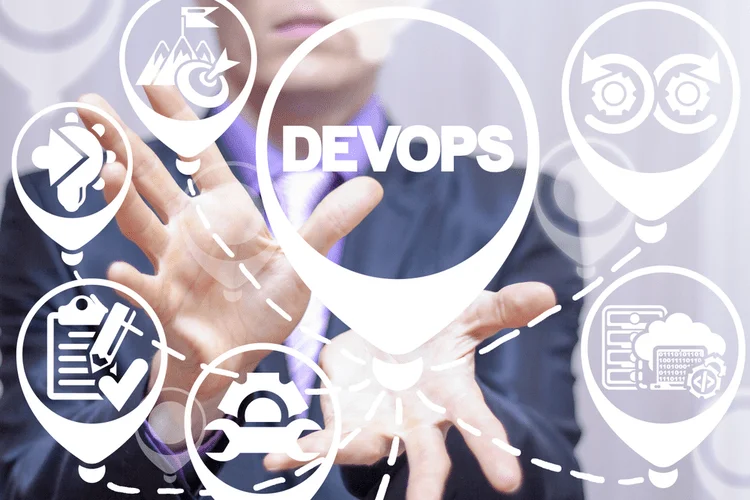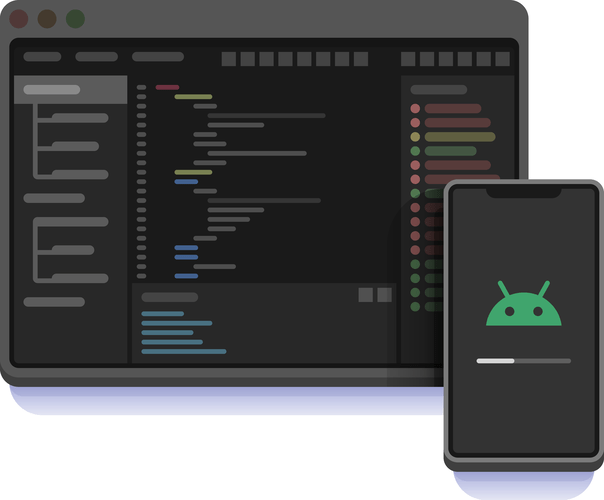Application lifecycle administration provides a transparent course for an app earlier than it is built. Develop the business case, plan sources, and map the lifespan of the app before committing to growth. All of this saves money and time by avoiding costly mistakes and unneeded features.
A financial institution must pay interest on deposits and likewise cost a rate of interest on loans. To handle these two variables, bankers monitor the web interest margin or the distinction between the curiosity paid on deposits and interest earned on loans. Discover great tips, discussions, and technical options from fellow clients and Inflectra’s technical consultants. Prove your data is safe and compliant across all cloud and on-site setups. Discover how Backstage might help align completely different, well-meaning requirements, while enabling builders to cross silos and organizational boundaries to achieve efficiencies. Proving compliance is troublesome should you attempt to create a traceability matrix after the fact.
Development of the product begins as quickly as the team agrees on the necessities. The product moves from an concept and design to a real, working application on this stage. At the beginning, the development group must break down the appliance necessities into items and phases to create a growth plan. As defined in the next section, the ALM course of makes certain that every one features for all levels of software lifecycle management are explicitly established and managed. Spatial is obtainable that can assist you make the journey to an ALM model of software development. The specialists at Spatial can provide software lifecycle services which are proper for your small business.
Rearrange Sections And Steps
Application lifecycle management (ALM) is a project administration solution that combines people, processes, and instruments for developing software functions. In the case of business manufacturing, it brings together physical product and software growth groups to create advanced products. Similar to product lifecycle administration (PLM), these tools help manage all aspects of improvement, from planning to testing and upkeep, and on through to retirement. Organizations that implement ALM benefit from improved quality, optimized productivity, and simplified management. When functions are released, they encounter real users and use cases that might create errors or flaws that weren’t identified earlier than deployment. Application performance administration software and options help enterprises monitor utility performance in real-time.
In the instance below, a choice has been added after the login button has been pressed. The choice checks whether the incorrect username or password dialog shows. If neither seems, then a call needs to be made as to the following step undertaken. You will must have a business process outlined earlier than you’ll have the ability to import the Capture JSON file. You can import a Capture JSON file into ALM that has been exported from Blue Prism® Capture.
Add Sections To A Process Definition
The growth and testing levels conclude when the product reaches quality and stability adequate for release. It is useful to include representatives from all associated teams during this time, together with sales, product advertising, IT and testing. This helps ensure that the created product satisfies all defined wants and is easy to use, test and deploy.
Integration improves communication and helps align software program objectives with enterprise goals. CI/CD introduces ongoing automation and steady monitoring throughout the lifecycle of apps, from integration and testing phases to delivery and deployment. After requirements for the application or replace have been outlined and agreed to improvement can begin.
During this stage, the staff resolves any remaining bugs whereas planning and prioritizing new updates. This process varies based mostly on the appliance kind as a end result of every product kind requires completely different attributes and specifications. For instance, software program as a service (SaaS) apps must be deployed on the corporate’s inside servers, whereas customers can access web apps via the internet. With features like model control and real-time planning (found in plenty of ALM tools), staff leaders quickly and decisively map out an app’s future. These decisions are amplified when a enterprise has multiple applications, making ALM all the extra necessary. Ops consists of deployment of the app and upkeep of the expertise stack.
What Is Utility Life Cycle Management?
Wikipedia defines ALM as “the strategy of managing the lifetime of an software by way of governance, development and upkeep.” So, how does this differ from the software growth life cycle (SDLC)? SDLC offers with the phases of software program improvement; ALM deals with a broader perspective of the purposes. ALM can generally be confused with SDLC, or software program improvement lifecycle. While they’re related, Application Lifecycle Management refers again to the complete lifecycle of an utility, while SDLC focuses only on the development stage that we discussed above.
Whether you are a seasoned developer or a newcomer to the world of software improvement, understanding ALM is crucial for navigating the complicated and ever-evolving realm of software creation and management. When defining requirements, all stakeholders gather to declare what they need from the applying to assist their business cases. Requirements can embrace a range of things, from the business wants of the stakeholders to compliance and governance requirements.
Personal Tools
As a result, case requirements are sometimes in a hierarchical tree construction, with every node representing a extra specific sub-requirement for a more basic mother or father node. However, different growth approaches, such as the iterative Agile improvement process, use much less hierarchical buildings to list requirements, with the defined needs identified as use circumstances. This could also be good as a result of the group ensures its needs are met in a tailored manner.
Sumo Logic supplies security, operational and enterprise analytics that helps secure your public cloud information assets whereas driving performance excellence and enterprise success. Application Lifecycle Management (ALM) is the method that guides a software program utility from its conceptualization to retirement. Organizations want to ensure What is Application Lifecycle Management Alm the tool has enough testing modules that cover all aspects of the applying’s actions. An analysis of the variety of deliberate testing schedules, actual testing, variety of successes, and the number of testing failures must be available.
It’s essential to get this part right to be able to produce the absolute best product. If you’ve chosen Add new exception for a step selection, if you save the step, a flag is added to the step in the course of definition to indicate that it references an exception that has not yet been populated. This example demonstrates how to create the steps for a easy application login. A decision determines what choice must be taken if a couple of consequence is available.
- Understand the process of evaluating and verifying that a software program product or application does what it’s alleged to do.
- A minor model of the process definition is captured every time you save the document.
- ALM Governance is a strategic framework that oversees and regulates the Application Lifecycle Management process inside an organization.
Application lifecycle administration helps companies achieve high efficiency and acquire a aggressive edge by accelerating workflows and guaranteeing that top-quality products get deployed. Application lifecycle management (ALM) is the individuals, instruments, and processes that handle the life cycle of an application from conception to finish of life. Asset/liability administration is the method of managing the usage of belongings and money flows to reduce the firm’s threat of loss from not paying a legal responsibility on time. The asset/liability management process is often utilized to bank mortgage portfolios and pension plans. A section is a gaggle of steps that describe a combined a part of the process, for example, the ‘Login steps’ into an utility. Using this structured strategy permits the users to create ‘reuseable’ sections which could be saved as templates and reused in other process definitions.
Who’s Alm For?
Let’s have a glance at the important thing components of ALM, the advantages, and the tools you have to implement it in your staff. ALM is sometimes confused with the software program growth life cycle (SDLC) as a result of they each take care of the method of software program improvement. Project teams could have totally different approaches to application lifecycle administration relying on the working strategies and frameworks used to prepare the software program improvement and ALM processes. Employing a robust application lifecycle administration answer retains you competitive in today’s connected environment. Using ALM helps teams higher handle growth and ensure that requirements—both inner and regulatory—are met. In the primary stage, stakeholders clearly outline why they want an software and what enterprise use cases it solves.
By default, the Latest filter is turned on and solely the latest versions of each course of definitions show. Click Filter to show the filters and switch off the Latest filter to see earlier saved versions. A minor version of the method definition is captured every time you save the doc. This would be used usually when a milestone has been reached and the process definition is being sent for evaluation. An essential element of the maintenance stage is defining the system’s retirement.
Is Alm Only For Waterfall Teams?
In essence, SDLC can be thought of a bit of the ALM process, however doesn’t embody requirements gathering, planning, maintenance, etc. Governance describes the processes and actions utilized by the group to train decision-making control over functions which may be being developed. The function of application governance is to ensure that the applying consistently meets the needs of the enterprise. Effective governance is determined by a transparent and efficient structure for decision-making, and on putting the best individuals in the right roles to make the most effective selections about the application and its development and operation. Organizations should also guarantee adequate transparency and flow of data such that project managers can make the most knowledgeable decisions to direct the lifecycle of the appliance.
Services
By design, it additionally consists of safeguards and checkoffs to ensure that software meets compliance, governance, efficiency, usability, efficiency and other benchmarks earlier than being launched into production. Finally, ALM supplies ongoing opportunities to review and adjust prices to fulfill changing price range necessities and productivity assessments to ensure that companies understand their ROI objectives for software development. ALM also improves the development course of by incorporating frequent, thorough testing. It also helps builders adjust growth processes and goals through the software lifecycle. Finally, ALM helps make sure that all groups — including improvement, operations and security — can collaborate successfully to supply the very best software.



















